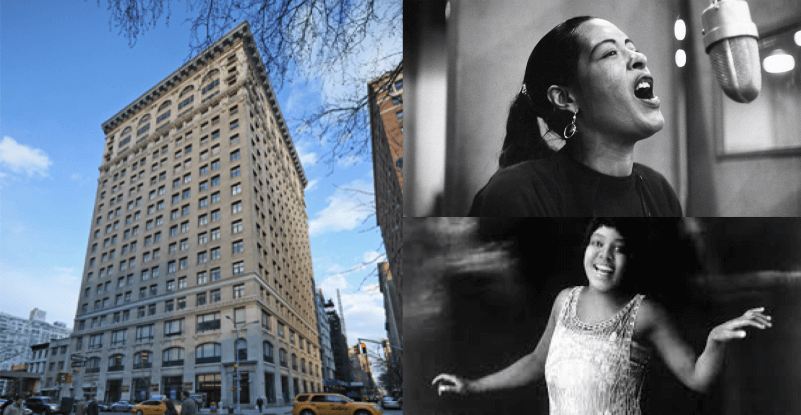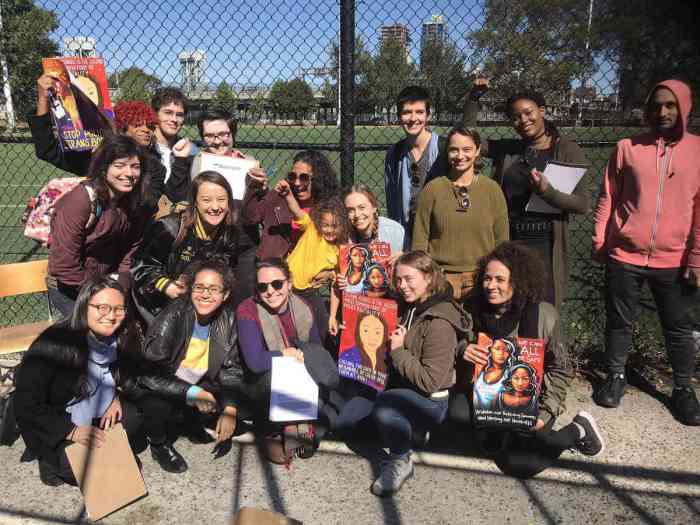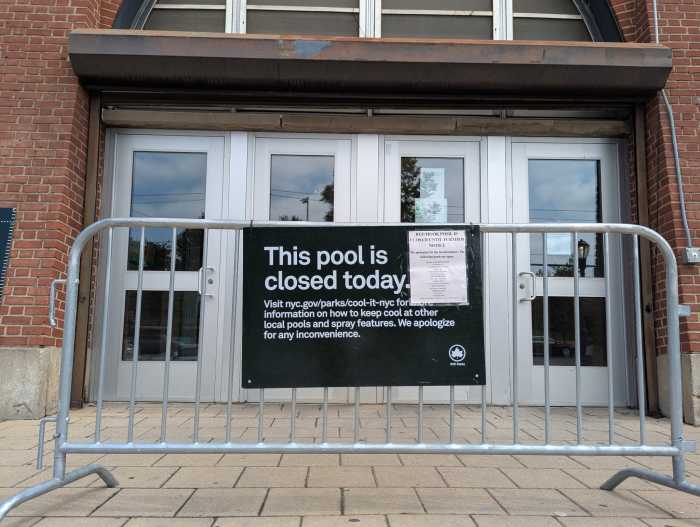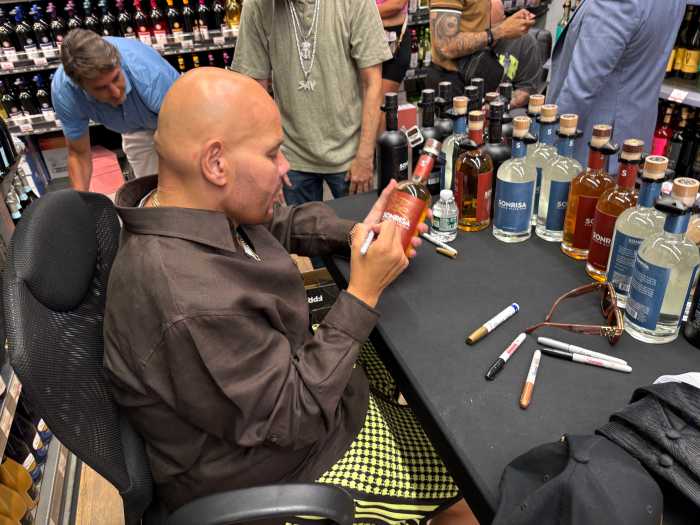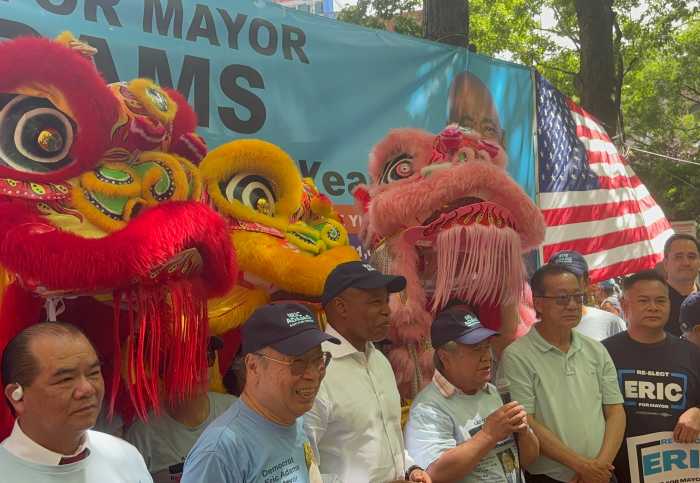Historic preservationists in Manhattan have launched a virtual map as part of a full court press to save important landmarks south of Union Square — including LGBTQ sites and crucial locations in the history of the Civil Rights Movement and women’s rights — as the area comes under the prying eyes of big developers.
Village Preservation, long known as the Greenwich Village Society for Historic Preservation and dedicated to maintaining the architectural and cultural heritage of Greenwich Village, the East Village, and NoHo, unveiled the interactive online tool earlier this month, allowing users to take a virtual tour of the neighborhood and click on different locations to learn more about the historical significance of the buildings. The undertaking is similar to other virtual hubs that have been created in the area, such as the “Stonewall Forever” living monument.
Village Preservation, national organizations warn buildings could get swallowed up by future development
The area highlighted in the virtual map covers six blocks from Ninth Street to 14th Street between Third Avenue and Fifth Avenue and encompasses key spots including the former headquarters of what is now known as the National LGBTQ Task Force at 80 Fifth Avenue at 14th Street, which housed the organization — first known as the National Gay Task Force and later the National Gay and Lesbian Task Force — for more than a decade, from 1973 to 1985. During that period, the organization fought to end the federal government’s ban on gay and lesbian workers and successfully pressed the Amerian Psychiatric Association to remove homosexuality as a mental illness, among other initiatives.
The building also served an important purpose earlier in the 20th century when it headquartered the International Workers Order from 1930 to 1954 at a time when the organization fought against Jim Crow as well as discrimination against Jewish folks and immigrants, while also supporting racial integration in sports, according to Village Preservation.
“It’s really important to understand where we came from in terms of both the discrimination we faced as well as the obstacles we overcame and who were the key people and organizations and events that made that possible — a stunning array of which is located in this area south of Union Square,” Andrew Berman, Village Preservation’s out gay executive director, said during an interview with Gay City News.
The building at 55 Fifth Avenue at 12th Street is also a vulnerable space advocates hope to landmark due to its ties to intersectional history. The office building was the site during the 1920s and ‘30s of the Columbia Phonograph Recording studios, which hosted some of the earliest integrated music recordings and welcomed Bessie Smith, a bisexual Black blues singer who recorded there, along with Billie Holiday, according to Village Preservation.
Another one of the buildings Village Preservation wants to save is at 70 Fifth Avenue at 13th Street, where the NAACP was headquartered from 1914 until 1925 and where the American Civil Liberties Union (ACLU), first known as the National Civil Liberties Bureau, also called home. It was in this building that the NAACP kicked off efforts to stop lynching and unfurled the famous flag that read “A Man Was Lynched Yesterday.” That building was where The Crisis, a magazine for Black readers, was launched.
Among other locations that have yet to be landmarked in that area include 814 Broadway, just below East 12th Street, once home to the Women’s Central Association of Relief, which provided supplies, clothing, and formal training for female nurses and was led by abolitionist Elizabeth Blackwell, and 10 East 14th Street, which in 1894 served as the headquarters of the New York City Woman Suffrage League during its bid to push for gender equity at the polls.
Another vulnerable building, this one located at 49 East 10th Street, played host to the Artists and Writers Dinner Club in 1934. Dinners were made available to struggling artists at that building, which also was the home of abstract expressionist Jackson Pollack, who would often place his art on display for sale near Washington Square Park, Village Preservation notes.
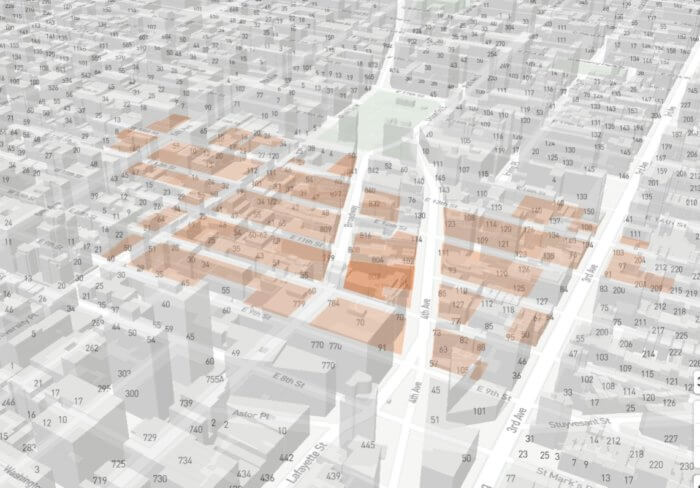
Berman said it took approximately three years to create the virtual neighborhood rendering. The idea emerged in response to what Berman said has been a push by the de Blasio administration to redevelop the area.
“Instead of taking these gorgeous adaptable old buildings and putting new uses into them, we’re just seeing them destroyed,” Berman added. “That’s why we’re being spurred to act right now.”
Ultimately, Berman and others at Village Preservation hope the tool can illustrate the rich history of the area in such a way that can help make the case to landmark the buildings and protect them for good. He pointed to the 2018 approval of construction of a tech hub nearby on 14th Street as a key factor in accelerating the fears of demolition and redevelopment.
“We’re seeing the rapid destruction of a lot of those buildings,” Berman said. “We’re probably only going to see more of that unless this landmarking effort is successful.”
Leaders at many of the organizations that were previously located in these buildings sent letters to Mayor Bill de Blasio, members of the New York City Council, and Landmarks Preservation Commission (LPC) Chair Sarah Carroll earlier this year asking them to preserve the spaces. Out gay City Council Speaker Corey Johnson also wrote a letter in support of preservation and underscored that the area’s “connection to African American and LGBTQ civil rights, particularly to the oldest national organizations dedicated to both causes, is especially important.”
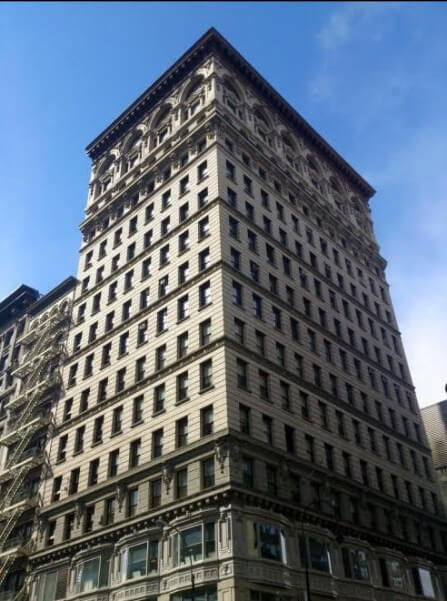
Among others who wrote letters included Geoffrey E. Eaton, who serves as president of the NAACP’s Mid-Manhattan branch; National LGBTQ Task Force executive director Rea Carey; Seri Worden, the senior field director of preservation services and outreach at the National Trust for Historic Preservation’s New York City field office; and the ACLU’s deputy executive director, Dorothy Ehrlich.
“As the first national LGBTQ rights organization in the United States, the Task Force accomplished a number of groundbreaking changes in the dozen or so years it was located here, initiating battles for civil rights that are still being fought today,” Carey wrote in a February letter. “Without a doubt, the history of the organization is inextricably linked to this area, which throughout the mid-to-late 20th century fostered the growth of many civil rights and social justice organizations, notable among them the NAACP and the New York Woman’s Suffrage League. I therefore strongly urge you to move ahead with the proposed historic district including 80 Fifth Avenue and its surroundings.”
The LPC, which oversees the designation of historic sites in the city, landmarked six LGBTQ historical sites during WorldPride last year in the first LGBTQ-related landmark designations since the Stonewall Inn was protected in 2015. Those locations were Caffe Cino at 31 Cornelia Street, the Gay Activists Alliance Firehouse at 99 Wooster Street, the LGBT Community Center at 208 West 13th Street, James Baldwin’s residence at 137 West 71st Street, the Women’s Liberation Center at 243 West 20th Street, and Audre Lorde’s residence at 207 St. Paul’s Avenue on Staten Island.
To sign up for the Gay City News email newsletter, visit gaycitynews.com/newsletter.

